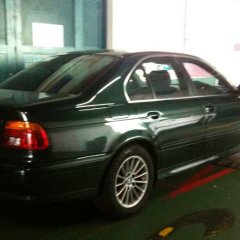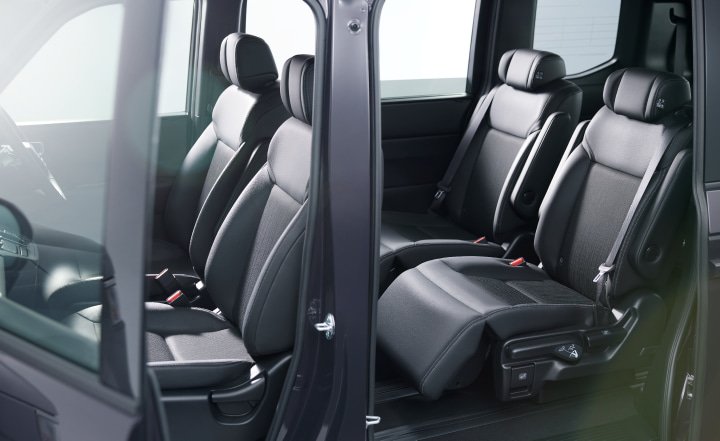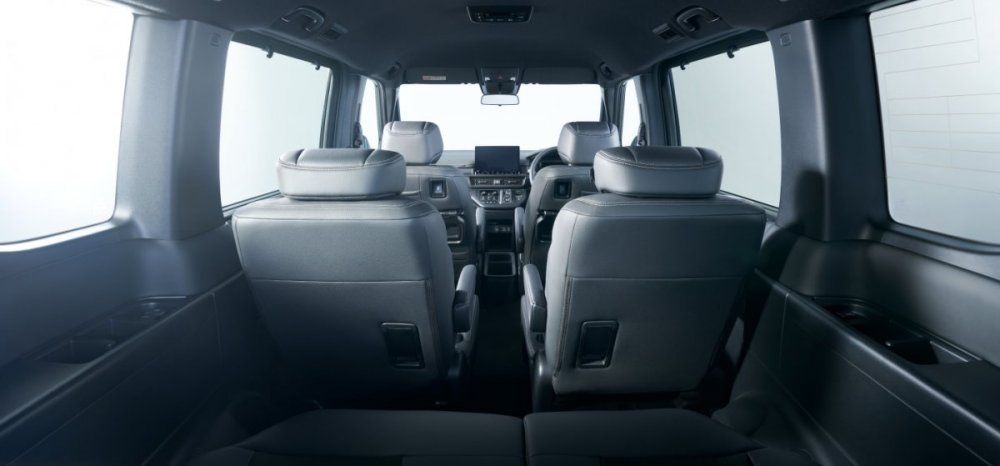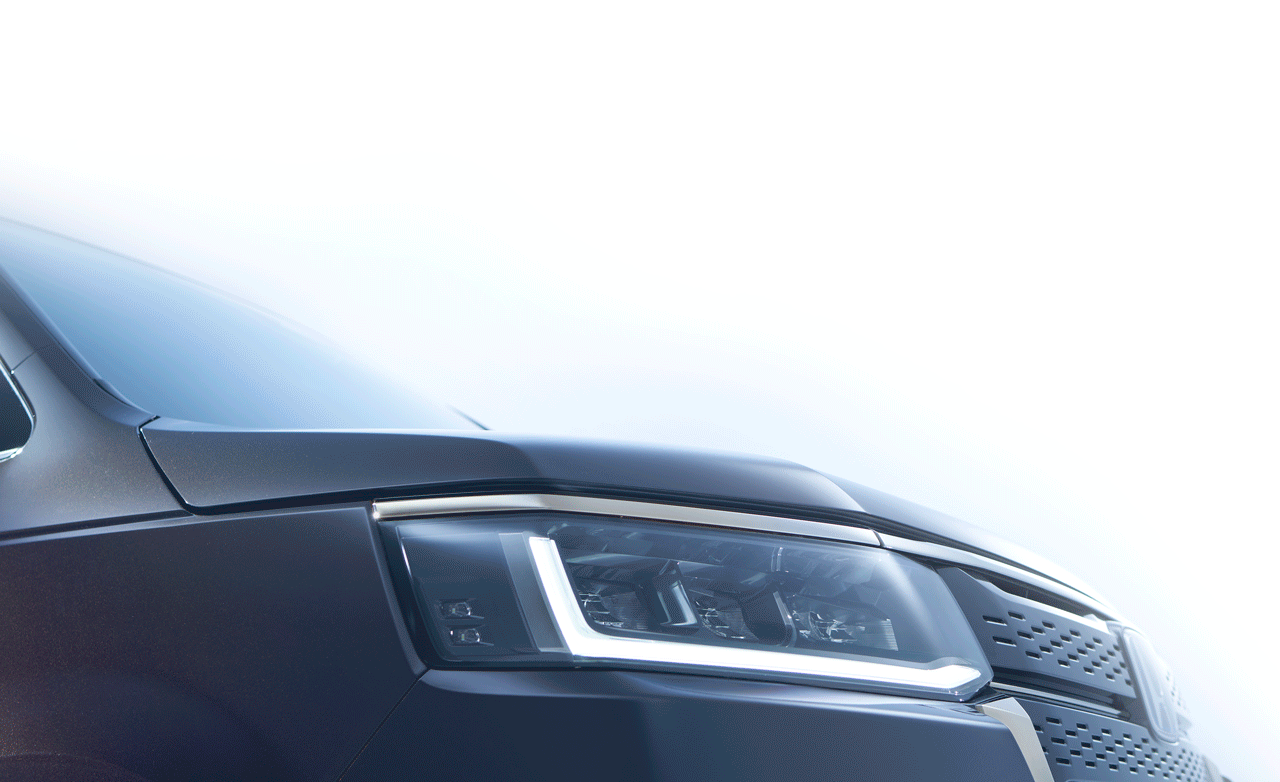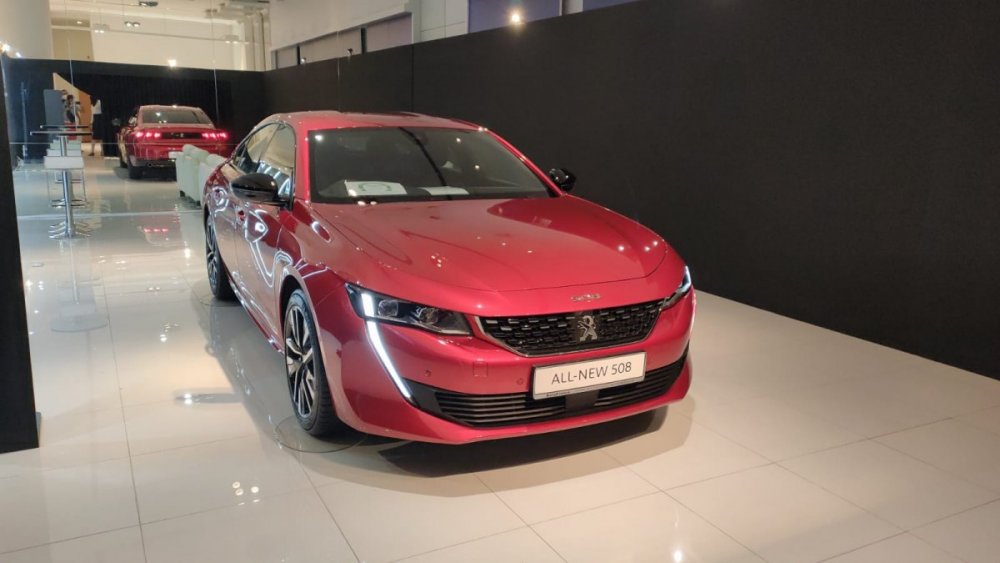Search the Community
Showing results for tags 'Generation'.
-
- 6,332 replies
-
- 8
-

-
- 215 replies
-
- third
- generation
-
(and 6 more)
Tagged with:
-
Quick Fact / Details - Production begins November 2018 - Uses B47 and B58 engines - 330e come with 48V electrical system - Model availabe for new launch (other models possible, but unlikely by end 2019): • 318d, B47, 148hp, manual and automatic, RWD • 320d, B47, 188hp, manual RWD, automatic...
- 863 replies
-
- 9
-

-
- 753 replies
-
- 7
-

-
- volkswagen
- touran
- (and 7 more)
-
After its introduction of its current form in 1998, all new Jimny coming next year, after 20 years. Next-gen Suzuki Jimny 4×4 undisguised images leakedhttps://paultan.org/2017/08/25/next-gen-suzuki-jimny-4x4-undisguised-images-leaked/ The Suzuki Jimny has been around in its current third-gener...
- 524 replies
-
- 1
-

-
Standard Version Sport Version (Spada)
- 1,164 replies
-
- 6
-

-
Will be unveiled officially on 25 July in Europe. The latest gen Q3 look less feminine to me, and just like a smaller brother of Q5, Q7...
- 474 replies
-
- 11
-

-
https://www.channelnewsasia.com/singapore/millennials-gen-z-work-younger-companies-big-read-2846841 The attitudes of millennial and Gen Z workers towards work have emerged as a perennial sticking point among employers, with some saying that the younger generation is not motivated to work hard a...
- 41 replies
-
- 3
-

-
- millennials
- gen z
- (and 10 more)
-
New Stepwagon will be launched in 2022 https://www.honda.co.jp/STEPWGN/new/?from=newslink_text&fbclid=IwAR3zhjuUb2FP8V1MhdCuTFhRuy-EIHT7v7DnpcTSEzdcZP5hT5ZX5xRvkTg
- 25 replies
-
- 6
-

-
- 134 replies
-
- 7
-

-
- mercedes-benz
- mercedes
-
(and 9 more)
Tagged with:
-
- 211 replies
-
- 4
-

-
- volkswagen
- tiguan
-
(and 6 more)
Tagged with:
-
- 35 replies
-
- 8
-

-
- mercedes-benz
- mercedes
- (and 8 more)
-
Kia has only begun putting its next-generation Sorento SUV on the road last month, when a heavily camouflaged prototype was spotted testing alongside a BMW X5 – not a bad benchmark vehicle at all. Today, we can show you a considerably less shy prototype, roaming the Nurburgring Nordschleif...
-
Honestly, I can't tell that it is a new gen Cayenne with just a quick glance at the photos, too evolutionary imo. Like many I am guessing that Dieselgate is hitting hard on VAG and budget cut on the development of newer Porsche model are evident... The new SUV will be officially unveiled to...
- 17 replies
-
- 6
-

-
GT Version http://i.wheelsage.org/image/format/picture/picture-gallery/p/peugeot/508_gt/peugeot_508_gt_14.jpg http://i.wheelsage.org/image/format/picture/picture-gallery/p/peugeot/508_gt/peugeot_508_gt_9.jpg http://i.wheelsage.org/image/format/picture/picture-galler...
- 78 replies
-
- 7
-

-
- 78 replies
-
- 10
-

-
.png)
-
BMWs typically have a shelf life of seven years but that won’t be the case for the current X5 whose successor is nearing the end of its development. One of the reasons for the speedy arrival of the redesigned X5 is to streamline the production process. The CLAR-based SUVs will all be built at BMW’...
- 28 replies
-
- 13
-

-
https://asia.nikkei.com/Spotlight/Caixin/The-double-squeeze-on-China-s-sandwich-generation The double squeeze on China's 'sandwich generation' 'Little emperors' grow up to be overburdened caregivers to parents and children Yin Fan is a single mom in her late 30s. When she was pre...
- 67 replies
-
- 3
-

-
- generation
- sandwich
-
(and 5 more)
Tagged with:
-
http://www.bmwblog.com/2017/05/25/world-premiere-bmw-8-series-concept/
- 108 replies
-
- bmw
- #bmw8series #bmw8series2g
- (and 4 more)
-
Very GLCish... @Vratenza & @adrianli, the GLC Coupe or this look better? Honest opinion needed.
-
SPIED! MERCEDES-BENZ CLA SHEDS SOME CAMOhttps://www.motortrend.com/news/spied-mercedes-benz-cla-sheds-some-camo/ Just a few months ago, our spy photographers caught a next-generation CLA prototype out testing, possibly in AMG form. Now, the CLA has returned wearing a different grille and...
- 145 replies
-
- 2
-

-
- mercedes-benz
- cla
- (and 10 more)
-
Just unveiled in Paris, and you see it first... The new Mercedes-Benz B-Class puts the emphasis on sport with the Sports Tourer. It looks more dynamic than...
- 111 replies
-
- 9
-

-
- mercedes-benz
- mercedes
- (and 10 more)
-
The new TNGA-based sedan is bigger and more refined than before. UPDATE: Four videos added below. The first two require no Japanese language ability to understand, but the other two are predominantly in the language. After launching its absolute flagship for Japan, the Century, Toyota is now intro...
- 37 replies
-
- 5
-

-
- toyota
- #toyotacrowns220
- (and 8 more)
-
For all those who are ready to give a new lease of life to the automotive world, Peugeot is unveiling the new 2008 SUV. As an enthusiastic and fierce supporter of Peugeot's brand vision of an exciting future, it is the ultra modern interpretation of an instinctive and versatile driving experience....




